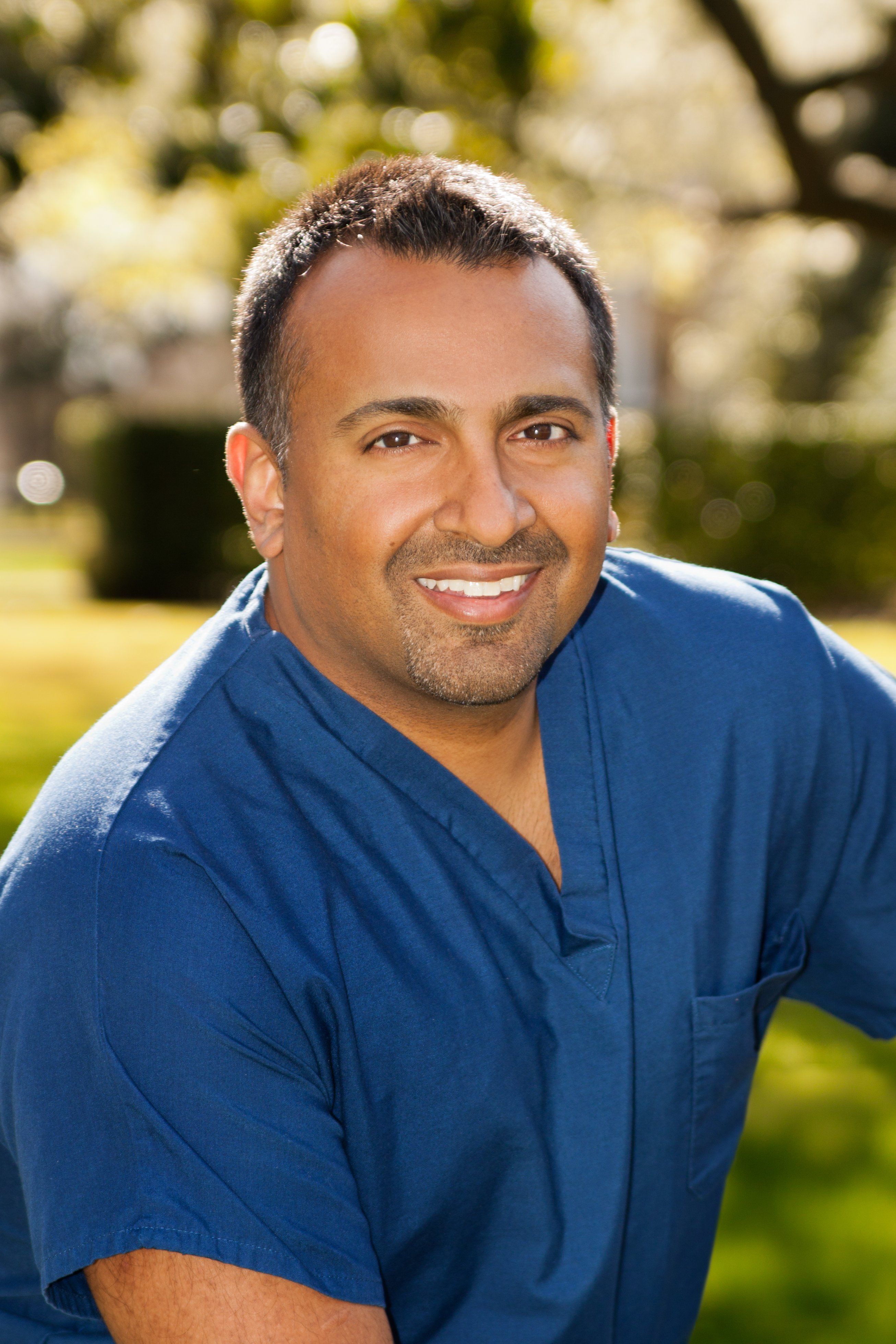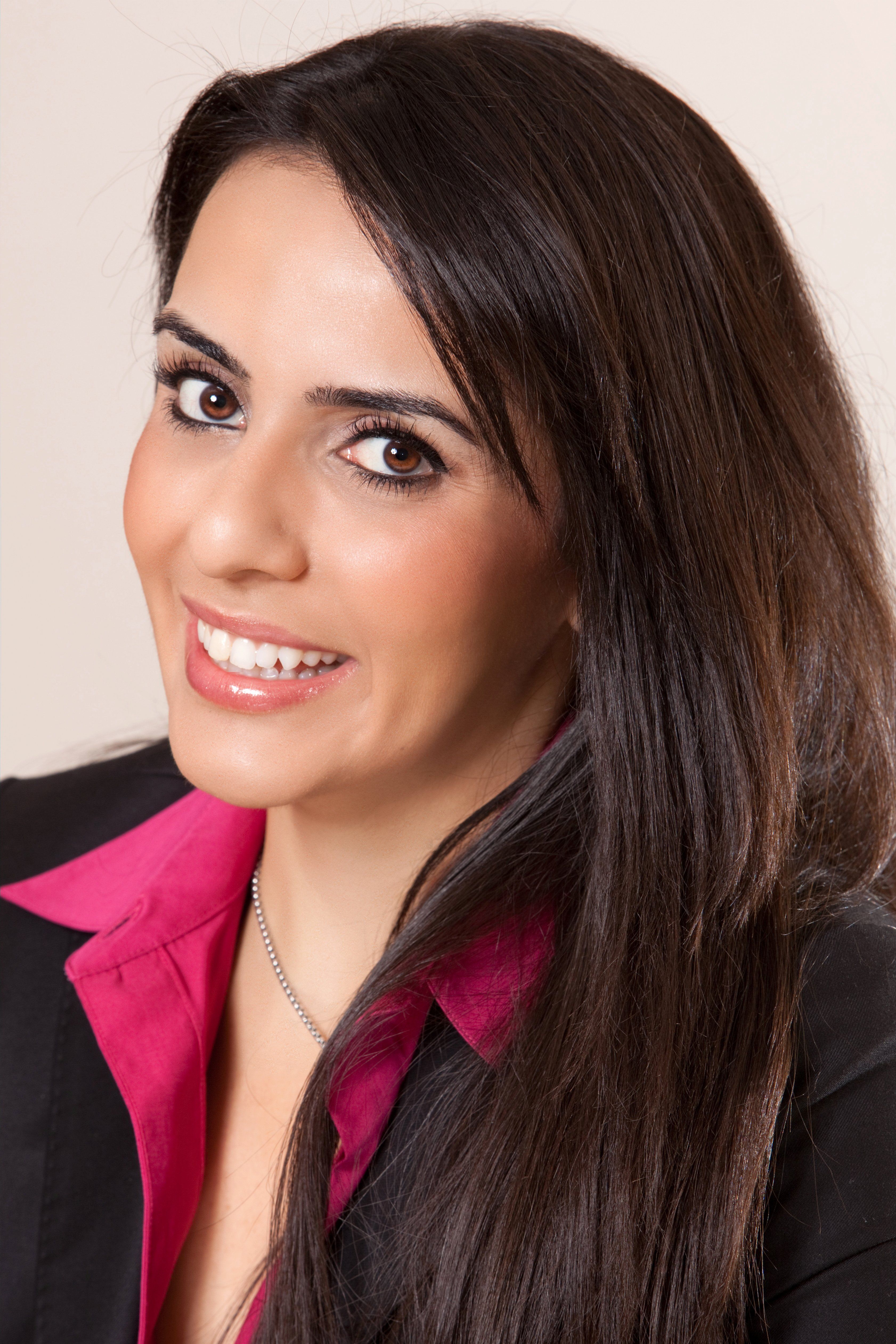- Case-Based Roundtable
- General Dermatology
- Eczema
- Chronic Hand Eczema
- Alopecia
- Aesthetics
- Vitiligo
- COVID-19
- Actinic Keratosis
- Precision Medicine and Biologics
- Rare Disease
- Wound Care
- Rosacea
- Psoriasis
- Psoriatic Arthritis
- Atopic Dermatitis
- Melasma
- NP and PA
- Skin Cancer
- Hidradenitis Suppurativa
- Drug Watch
- Pigmentary Disorders
- Acne
- Pediatric Dermatology
- Practice Management
- Prurigo Nodularis
- Buy-and-Bill
Article
Dermatologists pioneer top nonsurgical cosmetic procedures
Dermatologists have had a hand in the research, development and shaping of the majority of non-invasive and minimally invasive cosmetic medical procedures, according to a recent study. In fact, dermatology ranked higher than many other specialties and should use this to highlight their expertise.
A new study helps to settle disputed turf wars among specialties for commonly performed minimally-invasive and noninvasive cosmetic procedures.
Researchers combing through the scientific literature found dermatologists innovated or did the bulk of research in 14 of 18 categories of non-invasive and minimally invasive cosmetic medical procedures. In fact, dermatology ranked higher than plastic surgery, ophthalmology, ENT, nursing, pharmacology and other specialties in botulinum toxin to treat skin aging, laser hair removal, chemical peels, cryolipolysis, calcium hydroxylapatite fillers for rhytides; high-intensity focused ultrasound, hyaluronic acid fillers for rhytides, laser rejuvenation, laser resurfacing, laser tattoo removal, micro-focused ultrasound, poly-l lactic acid fillers for rhytides, tumescent liposuction and collagen fillers to treat wrinkles.
Plastic surgery stands out in innovation and research for liposuction and hair transplantation. Mammoplasty and rhinoplasty, two invasive surgical procedures that served as controls in the study to ensure an unbiased approach, were found to be most impacted by plastic surgeons.

Dr. IbrahimiâWeâre not saying that dermatologists are the experts in everything cosmetic. Ultimately, [however,] when you look specifically at the non-invasive or minimally invasive cosmetic treatments, the majority of them were developed and shaped by research performed by dermatologists,â says the studyâs lead author Omar A. Ibrahimi, M.D., Ph.D., ASDS member and dermatologist in practice at the Connecticut Skin Institute, Stamford, Conn.
And while the study looks at 18 commonly performed cosmetic procedures, there are other newly approved options developed in large part by dermatologists, including Kybella (Allergan) and Cellfina [Ulthera], which didnât make it into the paper, according to Dr. Ibrahimi.
Letting the literature decide
Dr. Ibrahimi became motivated to do the study when he first started practicing dermatology.
âI saw that in the real world, there is an endless âbuffetâ of providers (ranging from core specialists to other physicians to midlevel providers, nurses, medical assistants and even lay people) that were providing non-invasive and minimally-invasive cosmetic procedures and were claiming expertise,â he says. âI felt this was extremely misleading and confusing for the general publicâ¦.â
Dr. Ibrahimi and colleagues looked for answers by searching the peer-reviewed scientific literature. They looked for specific procedures, came up with search terms and pulled the most cited papers on each topic.
âStudies that tend to be highly cited tend to be the most valuable from a research perspective,â he says.
The authors then identified each studyâs senior author, first author and corresponding author, looked up those authorsâ specialties and assigned a citation score based on the findings.
NEXT: Notable differences
Notable differences
Thatâs where the study points to some notable differences. For example, in the category of botulinum toxin for skin aging, dermatology had a citation score of 705.33, which was more than double the next closest specialty.

Dr. AasiIn laser hair removal, dermatologyâs citation score of 1,425 for dermatology was markedly higher than the next highest score at 198. A citation score of 1,316.33 for dermatology in chemical peels, dwarfed the next closest specialty, plastic surgery, which had a score of 190.
Sumaira Aasi, M.D., professor and director of Mohs and dermatologic surgery at Stanford University, who is not a study author, says she thinks dermatologists probably have a sense that they are the specialists who are innovating, modifying and advancing these techniques.
âBut itâs a nice visual confirmation to look at it in this scientifically quantifiable way and see that not only are we doing that, but the incredible contrast in the numbers ⦠of citations that we have compared to other specialists,â Dr. Aasi says.
Educating the public
Dermatologists should use the data from this study during one-on-one consultations with patients, as educational information in their waiting rooms, in marketing materials, on social media and, in general, to educate the public, according to Dr. Ibrahimi.
â⦠patients are bombarded with so many options. They can get their Botox (Allergan) at a hair salon; they can get it at a medi spa; they can get it in an OB/gynâs office; or at their primary care doctorâs practice,â he says. âItâs not necessarily pitting one aesthetic specialty against the other; itâs helping to bring awareness to the average Joe and average Jane that these procedures were really kind of fostered, perfected and developed by dermatologists.â
Educating the lay public takes time, persistence and effort, Dr. Ibrahimi says. The hope is that by driving patients to those most qualified clinicians to do noninvasive and minimally invasive procedures, the specialty can help reduce complications.
â⦠even though these are cosmetic procedures, there is a certain amount of medicine that you have to know and master to safely do these procedures,â he says.
A dermatologistâs training centers on minimally-invasive or noninvasive treatments, while more invasive surgery is more in the realm of plastic surgeons and other cosmetic surgical specialties, Dr. Ibrahimi says.

Dr. SaediPhiladelphia dermatologist Nazanin Saedi, M.D., an assistant professor of dermatology and cutaneous biology at Thomas Jefferson University, says she isnât surprised by the findings but thinks the general public might be.
âI think this is an important study for the specialty because it validates what we know and also gives credit to the dermatologists who have worked so hard to develop these technologies and really be innovators in the field of noninvasive procedures,â says Dr. Saedi, who is not a study author.
Dr. Aasi adds the study might motivate and inspire current dermatologists and the specialtyâs younger generation.
â[It confirms] that we really have a foothold in the health and beauty of the skin. We are the custodians of this organ, and we can continue to advance and make even further contributions,â Dr. Aasi says.
Reference:
Bangash HK, Eisen DB, Armstrong AW, Nelson AA, Jalian HR, Alam M, Avram MM, Ibrahimi OA. Who are the Pioneers? A Critical Analysis of Innovation and Expertise in Cutaneous Noninvasive and Minimally Invasive Cosmetic and Surgical Procedures. Dermatol Surg. 2016 Mar;42(3):335-51.





